Disclosure: This article contains affiliate links. We may earn a commission from purchases at no extra cost to you, which helps our travel content.
Tokyo hit me like a sensory tsunami the moment I stepped off the plane—a captivating chaos of neon lights, impeccable street style, and convenience stores that put our American 7-Elevens to shame. As someone who travels for both pleasure and profession (hello, seasonal buying trips!), I've explored my fair share of global fashion capitals, but nothing quite prepared me for Tokyo's seamless fusion of cutting-edge innovation and deep-rooted tradition. This spring, I carved out a week between market appointments to immerse myself in Japan's electric capital, armed with nothing but my trusty weekender, a handful of yen, and an embarrassingly basic grasp of Japanese phrases I'd practiced on the 11-hour flight. What followed was seven days of sensory overload, retail revelation, and solo exploration that completely recalibrated my understanding of urban adventure. Whether you're chasing the perfect vintage Comme des Garçons piece or simply want to experience the city that consistently forecasts global trends years before they hit Western markets, this guide will help you navigate Tokyo like the savvy solo traveler you are (or soon will be).
Getting Your Bearings: Tokyo's Neighborhood Personalities
Tokyo isn't just a city—it's a constellation of distinct micro-universes, each with its own aesthetic and energy. Understanding this neighborhood taxonomy is essential for maximizing your time and tailoring your experience to your personal vibe.
Shibuya: This is Tokyo's beating heart—think Times Square on stylish steroids. The famous Scramble Crossing sees up to 3,000 people crossing at once during peak hours, creating a hypnotic urban ballet that perfectly captures Tokyo's organized chaos. Beyond the crossing, Shibuya is retail heaven with department stores like Shibuya 109 showcasing Japanese youth fashion trends that will hit U.S. markets in about two years.
Harajuku: Just a short walk from Shibuya, Harajuku's Takeshita Street is the epicenter of Japan's kawaii (cute) culture and avant-garde fashion. The real magic happens in the backstreets, where concept stores and independent designers create retail experiences that feel more like art installations than shops. I stumbled upon a three-story vintage boutique curating pieces by decade, with the top floor dedicated entirely to 1980s Japanese designers—absolute treasure hunting territory.
Shinjuku: The administrative and entertainment hub where salary men in impeccable suits seamlessly coexist with the neon-lit Kabukicho entertainment district. The view from the free Tokyo Metropolitan Government Building observation deck rivals the paid Tokyo Skytree experience—a budget-friendly pro tip I'm happy to share.
Asakusa: Step back in time in this traditional district, home to the stunning Senso-ji Temple and its iconic Thunder Gate. The surrounding shopping street, Nakamise-dori, offers traditional crafts and street food that's been perfected over generations. The juxtaposition of the ancient temple against the distant Tokyo Skytree creates a perfect visual metaphor for the city itself.
I stayed in a compact but impeccably designed hotel in Shibuya, which proved to be the perfect home base. For getting around, I immediately purchased a rechargeable Suica card at the airport, which works on virtually all trains, subways, and buses throughout Tokyo. This contactless payment card saved me countless headaches trying to purchase individual tickets for each journey.
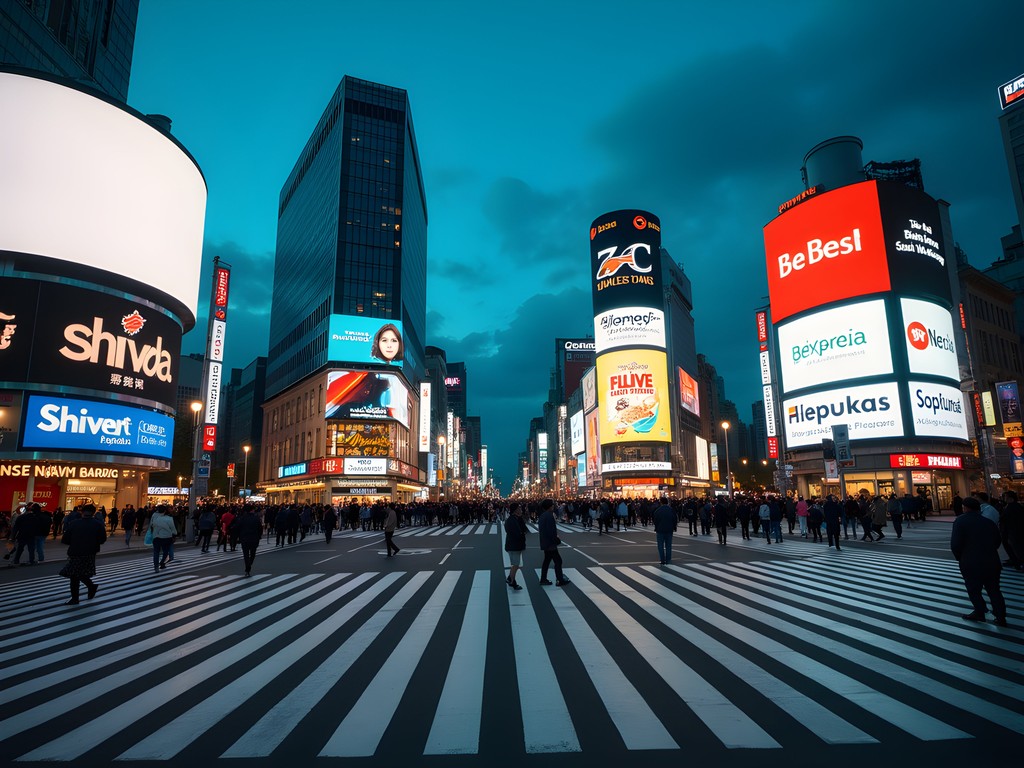
💡 Pro Tips
- Download the Japan Transit Planner app before your trip—it gives English directions for Tokyo's complex train system
- Stay centrally in Shibuya or Shinjuku to minimize travel time between attractions
- Most signs in Tokyo's main stations have English translations, but screenshot your destinations in Japanese just in case
Navigating Tokyo's Retail Landscape: From High Fashion to Hidden Gems
As a retail buyer who lives and breathes merchandising, Tokyo's shopping scene left me simultaneously inspired and humbled. The attention to detail in visual displays alone could fill a masterclass in retail psychology.
Ginza: Tokyo's answer to Fifth Avenue, where luxury flagships aren't just stores—they're architectural statements. The Ginza Six complex houses over 240 shops, including an entire floor dedicated to Japanese craftsmanship. The Comme des Garçons flagship—a conceptual concrete fortress—showcases why Japanese design continues to influence global fashion in profound ways.
Daikanyama: Often called 'Tokyo's Brooklyn,' this neighborhood offers a more relaxed shopping experience. The architectural marvel that is Daikanyama T-Site (ostensibly a bookstore but really a cultural complex) features specialized magazine collections that would make any trend forecaster weak at the knees. Nearby, the Okura boutique specializes in indigo-dyed garments that elevate this traditional Japanese technique to wearable art.
Shimokitazawa: This is vintage paradise. The narrow streets are lined with curated secondhand shops where I scored a pristine 1990s Yohji Yamamoto jacket for a fraction of its original price. What makes Tokyo's vintage scene special is the Japanese reverence for preservation—even decades-old pieces often look nearly new.
Koenji: A bit further off the tourist path, this neighborhood offers a grittier, more authentic vintage experience. Prices are lower than Shimokitazawa, and the selection leans heavily into American workwear and military surplus that Japanese buyers have meticulously imported and preserved.
For serious shoppers, I recommend bringing a foldable duffle bag in your luggage. I always pack one for buying trips—it folds to practically nothing but expands to hold your inevitable purchases for the return journey. Also, keep in mind that many smaller shops in Tokyo are still cash-only, so carry yen with you despite Japan's high-tech reputation.
A word on tax-free shopping: most major retailers offer tax-free purchases for tourists (saving you the 10% consumption tax), but you'll need your passport with you. Some department stores have centralized tax refund counters, while smaller shops process refunds at the register. Just remember that tax-free items must remain unopened until you leave Japan.

💡 Pro Tips
- Most high-end shopping areas open around 11am and close by 8pm—plan accordingly
- Bring your passport shopping for tax-free purchases (10% savings)
- Respect the no-photos policies in many boutiques and vintage stores
Tokyo After Dark: Nightlife for the Solo Explorer
Tokyo transforms after sunset, revealing a different personality that's equally captivating. As a solo traveler, I found the city exceptionally safe to explore at night, though the sheer volume of options can be overwhelming.
Golden Gai: Tucked in a corner of Shinjuku, this network of six narrow alleys houses over 200 tiny bars, many seating just 5-10 patrons. Each bar has its own theme and personality—from rockabilly to film noir to Beatles memorabilia. While some bars prefer regular clientele, many now welcome tourists (look for English signage or menus). I spent an unforgettable evening in a jazz-themed bar no larger than a walk-in closet, where the owner played rare vinyl records and served whisky with hand-carved ice spheres.
Nonbei Yokocho (Drunkard's Alley): Similar to Golden Gai but less touristy, this atmospheric lane in Shibuya dates back to the 1950s. The intimate izakaya (Japanese pubs) here offer the perfect environment for striking up conversations with locals and fellow travelers. Pro tip: bars with a cover charge often offer a more curated experience worth the extra cost.
Robot Restaurant: Less about dining and more about sensory overload, this Shinjuku institution delivers a neon-drenched spectacle of robots, dancers, and over-the-top performances that defies description. It's touristy but embraces its absurdity with such commitment that it becomes a must-see cultural experience.
Department Store Food Halls: For a uniquely Tokyo evening experience, visit a depachika (department store basement food hall) just before closing. Around 7:30-8:00 PM, vendors discount their meticulously crafted food items to sell before the day ends. I assembled incredible picnic dinners this way and enjoyed them in nearby parks or back at my hotel.
For navigating Tokyo's nightlife safely, I relied heavily on my pocket WiFi device. Having constant internet access meant I could always check maps, translate menus, or order a ride-share if needed. While Tokyo's subway system is comprehensive, it generally stops running around midnight, so knowing your late-night transportation options is essential.
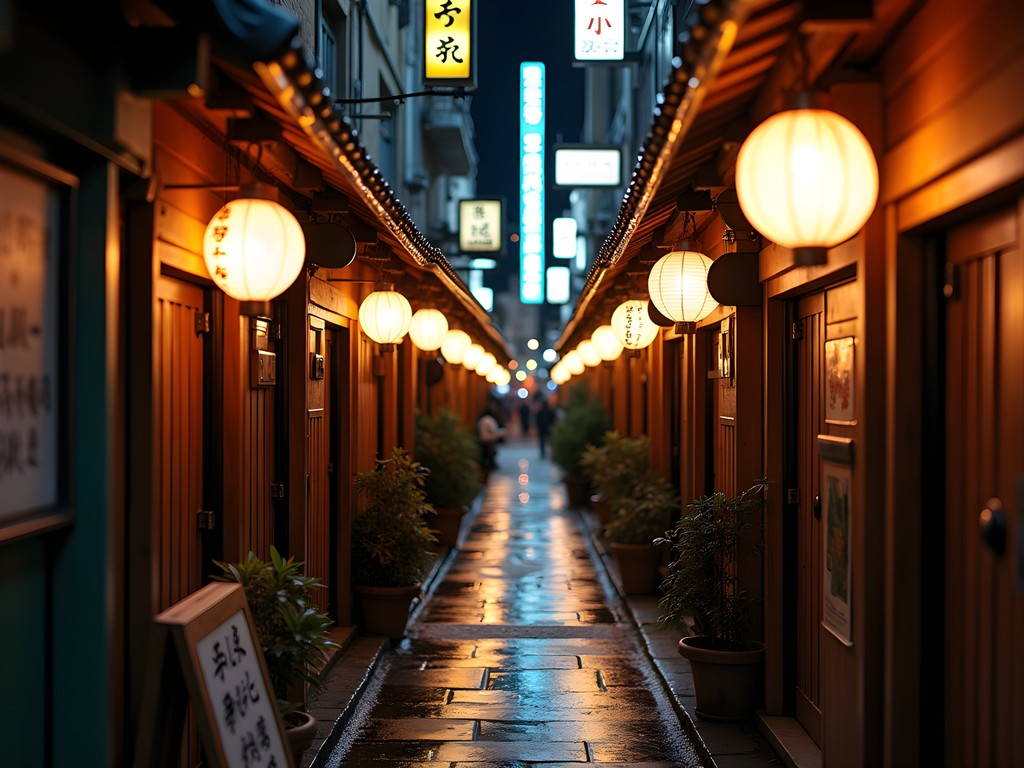
💡 Pro Tips
- Learn the Japanese phrase 'Sumimasen, eigo wo hanasemasu ka?' (Excuse me, do you speak English?)
- Many small bars in Golden Gai have cover charges—check before entering
- Save your hotel's address in Japanese characters to show taxi drivers after the trains stop running
Cultural Immersion: Beyond the Tourist Circuit
Tokyo rewards those willing to venture beyond the guidebook standards. Some of my most memorable experiences came from spontaneous detours and local recommendations.
Morning Fish Market: While Tsukiji's famous tuna auction has moved to Toyosu, the outer market at Tsukiji remains a fascinating labyrinth of food stalls and kitchen supply shops. Arriving at 7AM, I joined locals at a tiny sushi counter for breakfast—the chef's selection of whatever looked best that morning, served with green tea and minimal ceremony but maximum flavor.
Yanaka: This well-preserved traditional neighborhood miraculously survived the bombings of WWII and the subsequent development boom. Walking through Yanaka Ginza shopping street and the atmospheric cemetery with its massive cedar trees offers a glimpse of old Tokyo rarely experienced by visitors focused solely on the modern city.
Specialty Museums: Beyond the Tokyo National Museum (which is absolutely worth visiting), the city hosts dozens of specialized museums that reveal Japanese obsession with craft and detail. The Ukiyo-e Ōta Memorial Museum of Art displays rotating exhibitions of woodblock prints, while the Samurai Museum offers hands-on experiences with traditional armor and weapons. My personal favorite was the tiny Kite Museum in Nihonbashi, where the owner shared stories of each handcrafted piece.
Onsen Experience: Public bathing might seem intimidating, but it's a cornerstone of Japanese culture. The Edo-Tokyo Open Air Architectural Museum in western Tokyo combines historical buildings with a traditional bathhouse where you can experience onsen culture firsthand. Remember: no swimsuits allowed, and tattoos may be problematic at more traditional establishments.
Language Connections: While many Tokyo residents speak some English, making an effort with Japanese phrases creates meaningful connections. I downloaded the Japanese phrasebook app before my trip and practiced basic greetings and thank-yous. Even my clumsy attempts were met with genuine appreciation and often led to memorable conversations with shopkeepers and restaurant staff.
One of my most authentic experiences came from an impromptu invitation to join a group of design students I met at a coffee shop for their weekly drawing session at Yoyogi Park. Sitting under cherry blossoms with my rudimentary sketching skills alongside their impressive artwork, I gained insights into Japanese creative education and contemporary culture that no guided tour could provide.

💡 Pro Tips
- Carry a small notebook for communication—many Japanese people are more comfortable with written than spoken English
- Convenience stores (konbini) are cultural institutions—don't miss trying onigiri rice balls and egg sandwiches
- Remove shoes when indicated, especially in traditional restaurants with tatami mat seating
Digital Detox in a High-Tech City: Tokyo's Green Escapes
Tokyo's reputation as a technological wonderland is well-deserved, but what surprised me most was how easily accessible pockets of tranquility are within this megacity of 37 million people.
Meiji Shrine: Just steps from the fashion frenzy of Harajuku lies this forested sanctuary dedicated to Emperor Meiji and Empress Shoken. Walking under the massive torii gate, the city noise immediately fades, replaced by the crunch of gravel underfoot and rustling leaves overhead. Arriving early (around 7AM) let me experience the shrine grounds almost alone—a meditative start to a day of urban exploration.
Shinjuku Gyoen: This former imperial garden charges a nominal entrance fee (¥500), which helps keep it significantly less crowded than free parks. The grounds blend three distinct styles—Japanese traditional, formal French, and English landscape—creating varied environments for relaxation. During cherry blossom season, I found this park offered more breathing room than the famously packed Ueno Park.
Todoroki Valley: Tokyo's last remaining natural ravine feels impossibly removed from the urban environment. This 1km path follows a stream through dense greenery, passing small shrines and teahouses. Located in Setagaya ward (about 30 minutes from Shibuya), it remains largely undiscovered by international visitors.
Rooftop Gardens: Many department stores and shopping centers maintain beautiful (and free) rooftop gardens. The Ginza Six rooftop creates an urban forest above the luxury shopping floors, while the Seibu department store in Ikebukuro offers seasonal flower displays with Mount Fuji views on clear days.
I packed my travel journal specifically for these green escapes—there's something about sitting in a Japanese garden that inspires reflection and helps process the sensory overload that Tokyo can sometimes induce. Some of my best retail merchandising ideas came during these quiet moments, sketching display concepts inspired by the meticulous garden arrangements.
A practical note: Tokyo's parks often have limited public seating, so carrying a lightweight pocket blanket gives you the freedom to sit anywhere. This ultralight, water-resistant blanket folds to pocket size but provides enough space to spread out for a convenience store picnic or reading session under the cherry blossoms.
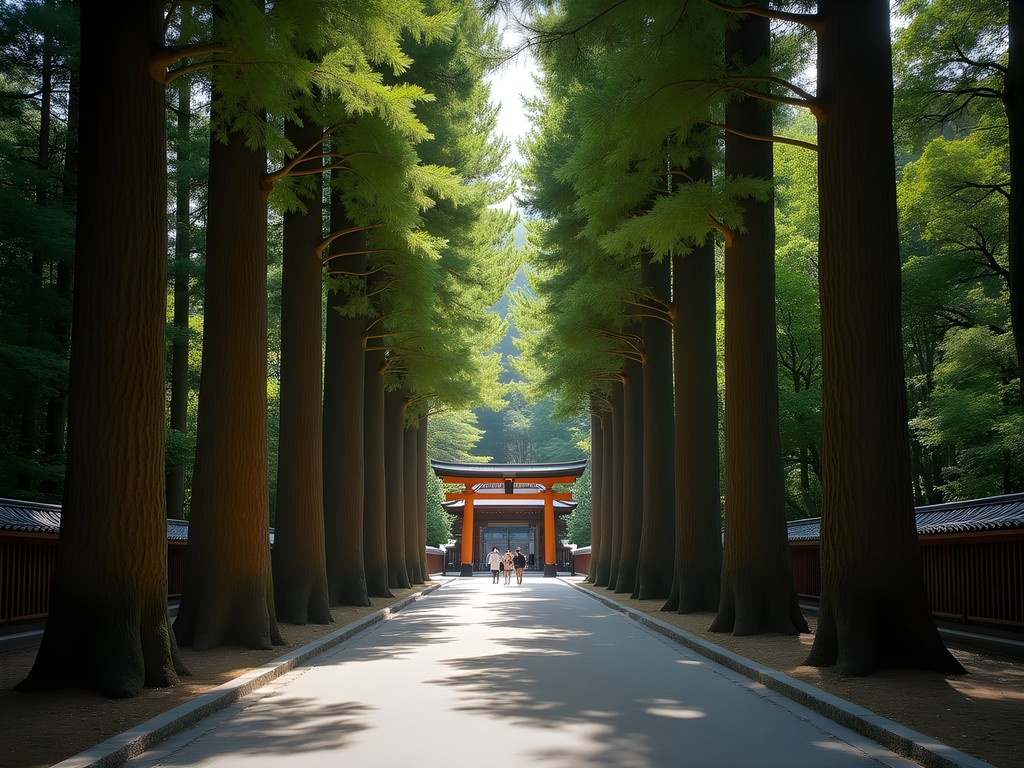
💡 Pro Tips
- Many Tokyo parks close around sunset—check operating hours before planning evening visits
- Convenience stores sell surprisingly good prepared foods perfect for park picnics
- Spring brings not just cherry blossoms but also plum blossoms (earlier) and wisteria (later)—research bloom calendars
Final Thoughts
Tokyo defies easy categorization—it's simultaneously the most foreign and most familiar city I've explored. The efficiency that powers 37 million people moving through their daily lives exists alongside moments of profound tranquility and tradition. For the solo traveler, Tokyo offers that perfect balance of adventure and accessibility; the city challenges you without overwhelming you.
As I packed my suitcase (plus that extra duffle filled with vintage finds and designer pieces unavailable stateside), I realized Tokyo had fundamentally changed how I think about urban spaces, retail experiences, and the delicate balance between innovation and tradition. The city operates as a living laboratory where past and future coexist in a harmony that somehow makes perfect sense.
Whether you're chasing fashion inspiration, cultural immersion, or simply the thrill of navigating one of the world's most complex cities on your own terms, Tokyo rewards the curious traveler willing to venture beyond the obvious. I'm already planning my return trip—next time during autumn to experience the momiji (fall foliage) season and explore more of those hidden backstreet boutiques that keep Tokyo at the forefront of global style trends.
✨ Key Takeaways
- Tokyo is exceptionally safe and navigable for solo travelers despite the language barrier
- Look beyond the major districts—neighborhoods like Koenji, Shimokitazawa and Yanaka offer more authentic experiences
- Balance high-tech exploration with intentional digital detox in Tokyo's numerous green spaces
- Learn basic Japanese phrases and cultural etiquette—small efforts yield meaningful connections
📋 Practical Information
Best Time to Visit
Late March to early April for cherry blossoms; November for autumn colors
Budget Estimate
$150-200 per day including mid-range accommodations, food, transportation and activities
Recommended Duration
Minimum 5 days, ideally 7-10 days
Difficulty Level
Moderate - Language Barrier And Complex Transit System Require Some Preparation

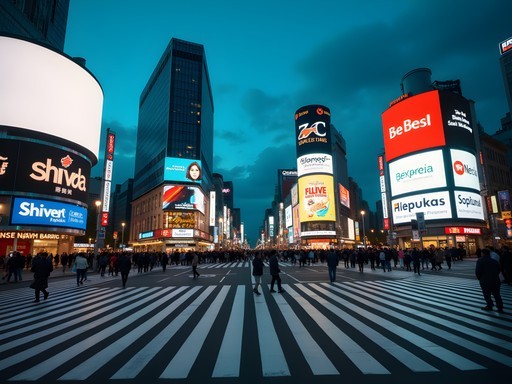
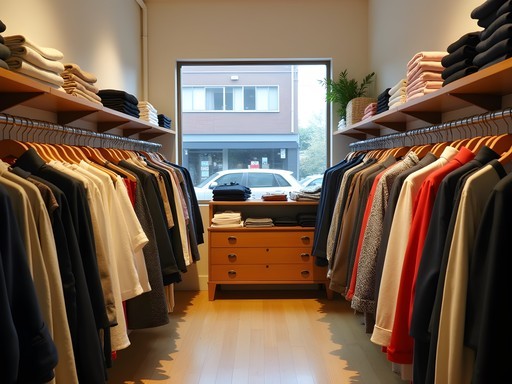
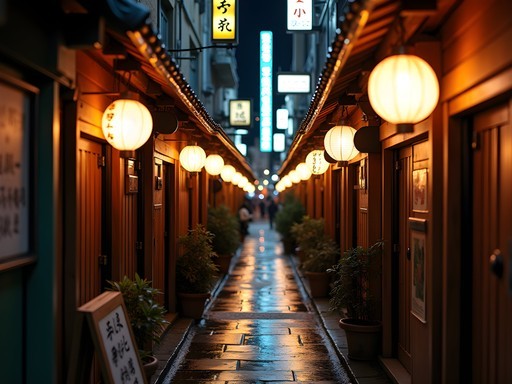
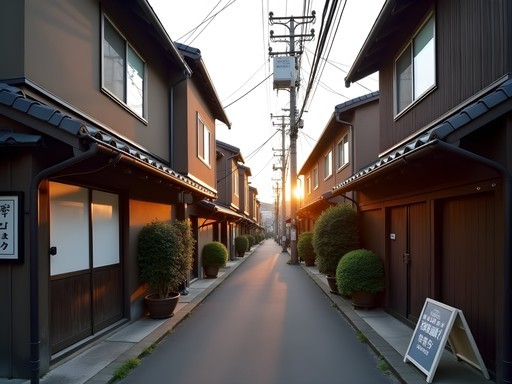



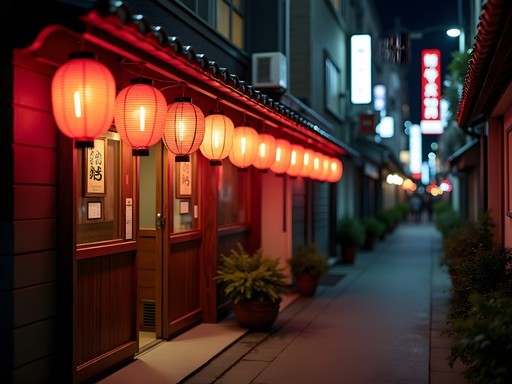



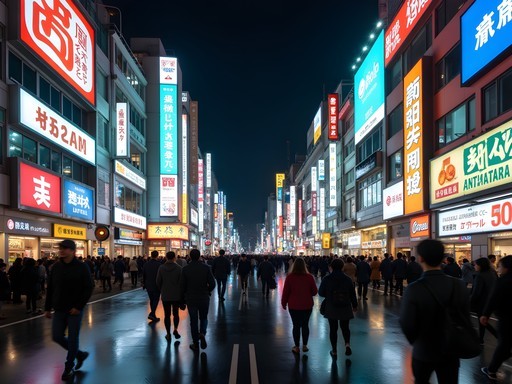

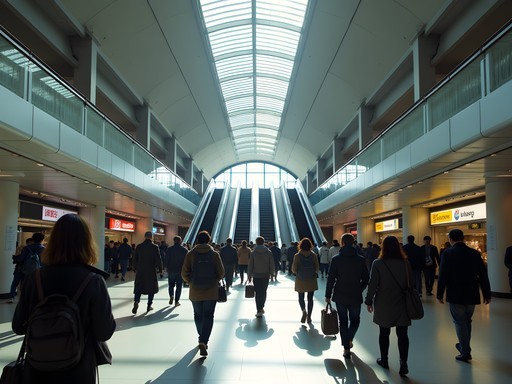
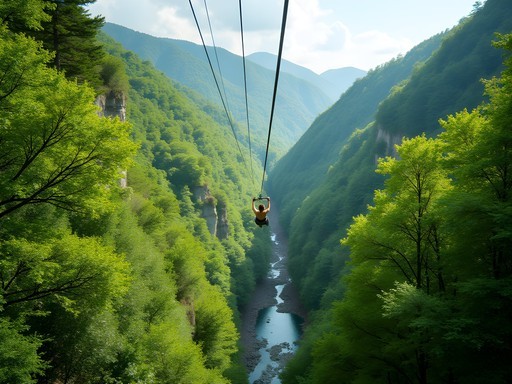
Comments
soloexplorer
That shot of the Shibuya Crossing at dusk is incredible! Did you use a special lens?
Douglas Bradley
Jose, I particularly appreciated your section on cultural immersion beyond the tourist circuit. Tokyo is fascinating because the most authentic experiences often happen in the most mundane places. My favorite memory was joining a local photography club's meetup in Yoyogi Park that I found through a community board. They welcomed me despite my limited Japanese, and I got to see the city through their lenses (literally). For those reading: don't overlook the small neighborhood shrines in favor of just hitting Sensō-ji or Meiji. The local matsuri (festivals) at these smaller shrines offer a much more intimate cultural experience. Check event calendars before your trip - even in off-seasons there's usually something happening.
escapeone
How do you find these local events? Any specific websites?
Douglas Bradley
Tokyo Cheapo and Time Out Tokyo are great English resources for local events. Also, check the bulletin boards at your accommodation - many hostels and hotels post upcoming local festivals.
midnightramen
If you're into anime/manga, don't just stick to Akihabara. Nakano Broadway is less crowded and has amazing vintage collections and specialty shops the tourists don't know about.
sakura_chaser
Great post! How did you handle the language barrier? I'm worried about getting around without speaking Japanese.
worldtrekker99
Not the author but I was in Tokyo last year - most signs in stations and tourist areas have English. Learning basic phrases helps, but Google Translate worked in a pinch. Japanese people are incredibly helpful even with the language gap!
tokyodreamer
Those convenience store egg sandwiches changed my life lol
escapeone
Are they really that good? Everyone keeps talking about konbini food!
tokyodreamer
Trust me, 7-Eleven, Lawson, FamilyMart - they're all amazing. The egg sandwiches, onigiri, even the fried chicken... nothing like convenience stores anywhere else. I miss them daily!
Douglas Bradley
Jose, this is an excellent breakdown of Tokyo's neighborhoods! I'd add that Shimokitazawa deserves a mention for anyone into vintage shopping and indie cafes - it's like Tokyo's Brooklyn. Your section on navigating the metro is spot-on. I'd recommend visitors download the Tokyo Metro app before arriving; it saved me countless times when I got turned around in those massive stations. One thing I found invaluable was having a good pocket wifi to navigate the city. Google Maps works perfectly there, but you'll need reliable internet access to make the most of it.
wanderingspirit
Shimokitazawa is amazing! Spent a whole day there just hopping between record stores and coffee shops. Totally different vibe from Shibuya.
escapeone
This guide is perfect timing! Heading to Tokyo next month for my first solo trip. Nervous but excited!
Douglas Bradley
You'll love it! Tokyo is incredibly solo-traveler friendly. The metro system seems overwhelming at first but you'll get the hang of it quickly. Make sure to pick up a Suica card right away.
escapeone
Thanks! Any neighborhood recommendations for a first-timer who wants both the neon lights and quiet spots?
Douglas Bradley
Definitely split your time between Shinjuku/Shibuya for the full sensory overload experience, then check out Yanaka for a completely different, more traditional side of Tokyo. It's like stepping back in time with its narrow streets and local artisans. I found it incredibly peaceful after the busier districts.
wanderingfoodie
Just got back from Tokyo last week and your guide would have been so helpful! One thing I'd add - don't skip the convenience stores. The food quality at 7-Eleven, Lawson, and FamilyMart is incredible compared to what we're used to in the US. I had some of the best onigiri of my life from a convenience store at 2am! Also, the teamLab Planets exhibition was a highlight - absolutely worth the ticket price for solo travelers.
Jose McDonald
Convenience store food in Japan is on another level! And teamLab is incredible - glad you got to experience it!
travelight
Love the photos! Tokyo has been on my bucket list forever!
smartrider
Great post! Did you find Tokyo expensive compared to other major cities? Thinking about a trip next spring but worried about the budget.
Jose McDonald
It can be as expensive or budget-friendly as you make it! Accommodation is pricey, but food can be surprisingly affordable if you eat where locals do. Convenience stores have great cheap meals, and many small restaurants offer lunch specials for under $10. Transportation adds up, so consider a metro pass if you'll be moving around a lot.
Gregory Boyd
I'd second what Jose said. Tokyo can be done on a budget if you're strategic. Capsule hotels are a unique experience that won't break the bank. And don't miss the 100-yen shops - they're perfect for souvenirs and practical items!
smartrider
Thanks for the tips! Feeling much better about the budget now.
Venture X
Premium card with 2X miles, $300 travel credit, Priority Pass